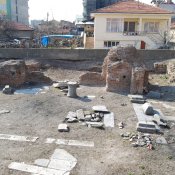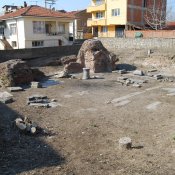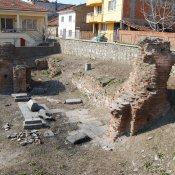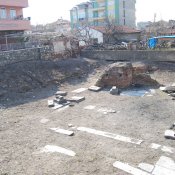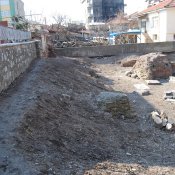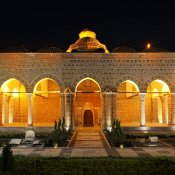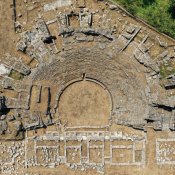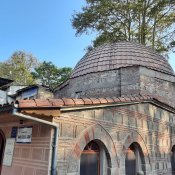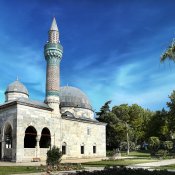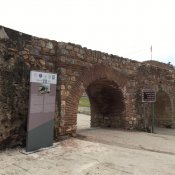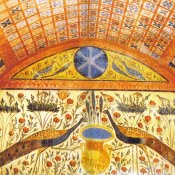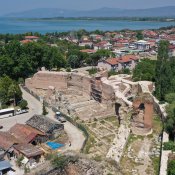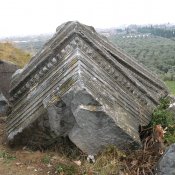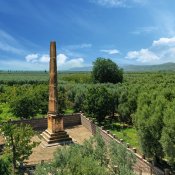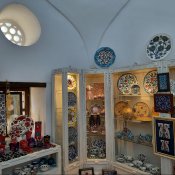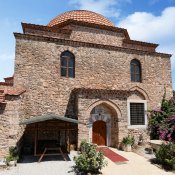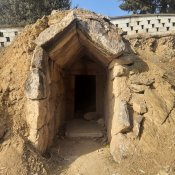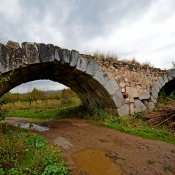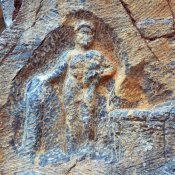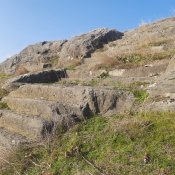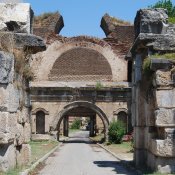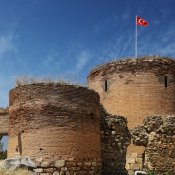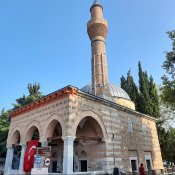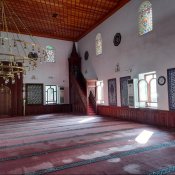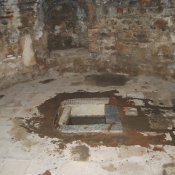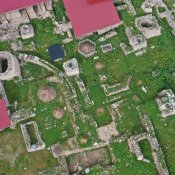Koimesis Tes Theotokos Church
Koimesis Tes Theotokos Church
The current structure in ruins was a temple standing and actively used in İznik until the Greek occupation in 1922. The area where the church is located was identified as the Christian Neighborhood until the Republican Era. Based on the plastic decorations obtained in the excavation works conducted in this area, it is considered that this church is one of the structures within Hyakinthos Monastery.
Koimesis Church was documented by the travelers and researchers visiting İznik City before it was destroyed. The structure has a 22.5 x 21 meter, kiborion church plan. Although the base ruins of the church are currently preserved, its architectural characteristics are concluded from the documentation works conducted. Access to the narthex section of the church is possible through a three-gate entrance in the west side. This section is divided into three parts via two aqueducts. It is possible to access to the Naos section and the side naves through a gate. Naos section, which has a square form, is surrounded by a dome supported by four solid legs. Naos was extended with the short cross arms created between the legs. There are two columns and three openings between Naos and side spaces. Crosswise bema exists in the east side of Naos. It is possible to access to pastophoria rooms from there. The main abscissa that has seven-step synthranon is round internally and three-angled externally. There is a window opening on each face. There are rectangular side naves along the two sides of Naos. The structure was exposed to various repairs and additions since its time of construction.
It was documented before the destruction of the church that there were mosaics in the interior of the church belonging to four different periods. They existed on the abscissa half-dome of the church, on bema aqueduct, narthex and the east legs of naos. Abscissa half-dome contains the Virgin Mary and Child Christ mosaic, Bema aqueduct contains Arkhe and Dynamis as angel depictions and the Virgin Mary mosaic in the standing position on narthex and the east legs of naos.
Although there are different historical suggestions according to the assessments made by researchers in relation with the history of the church, it is observed that the first construction phase dated back between 6th and 8th century AD.



